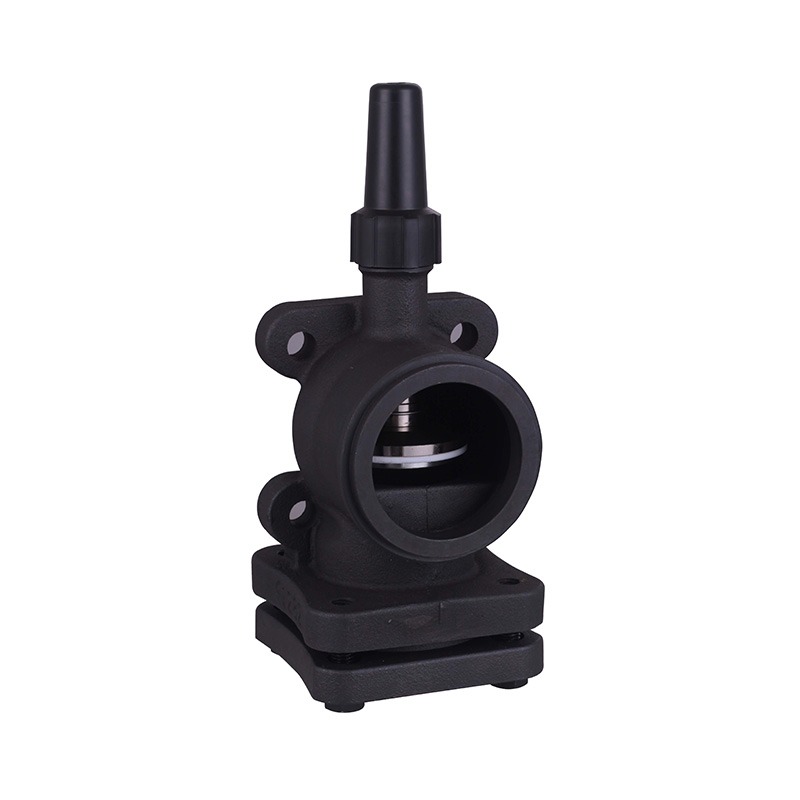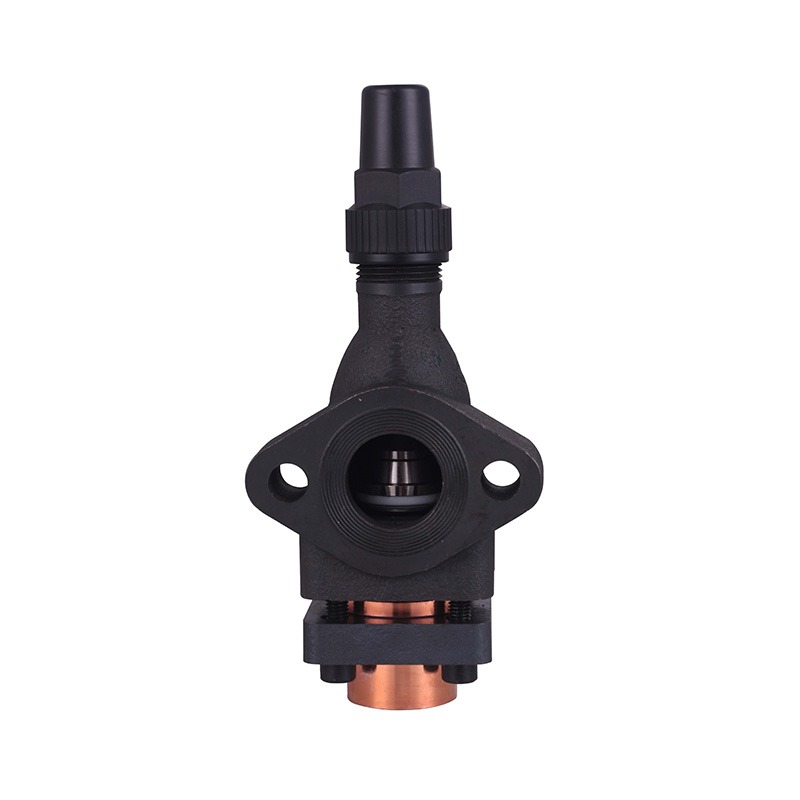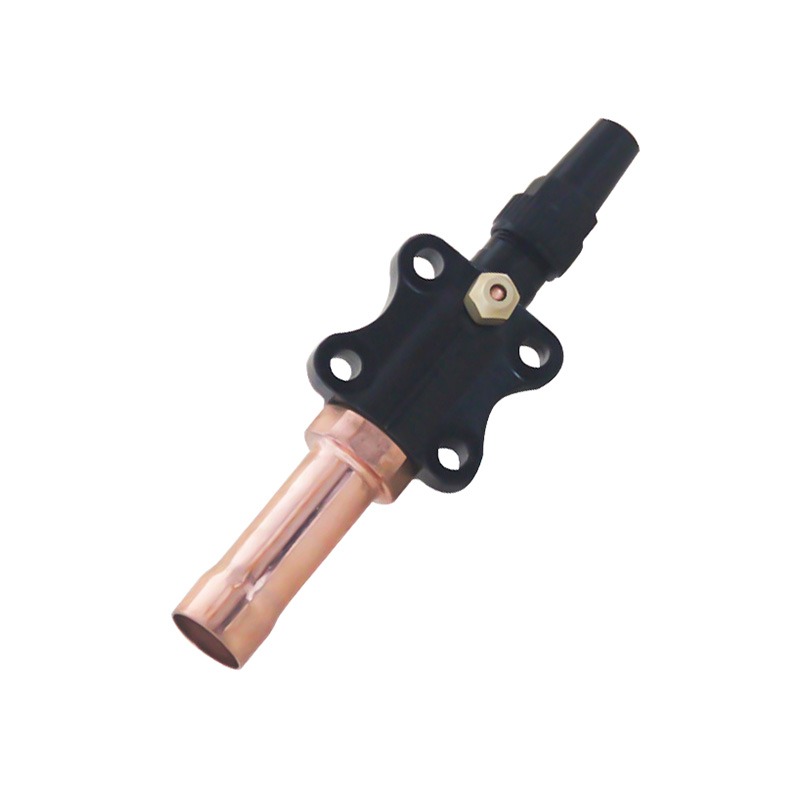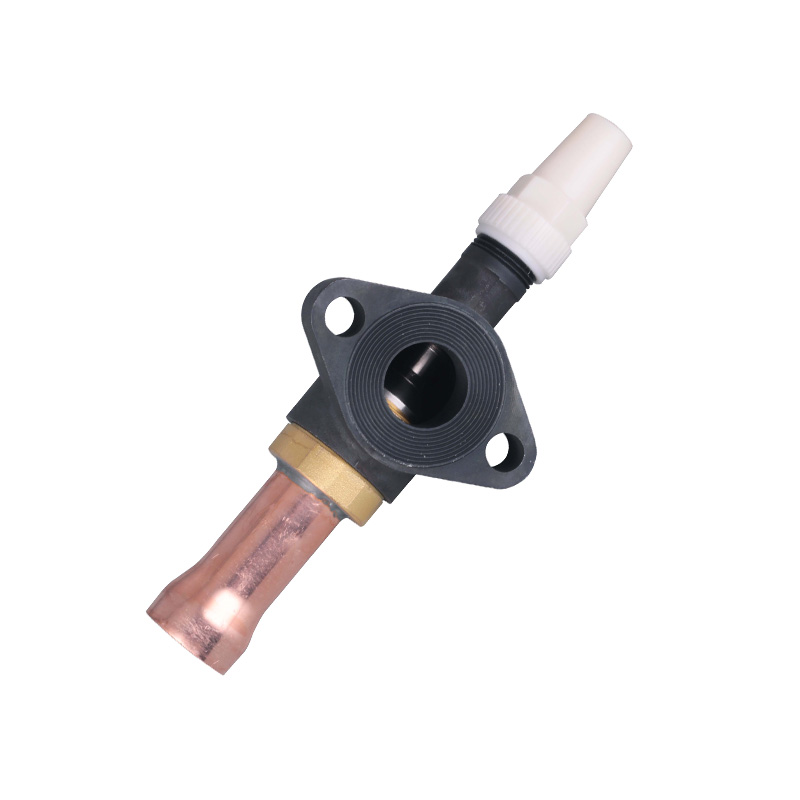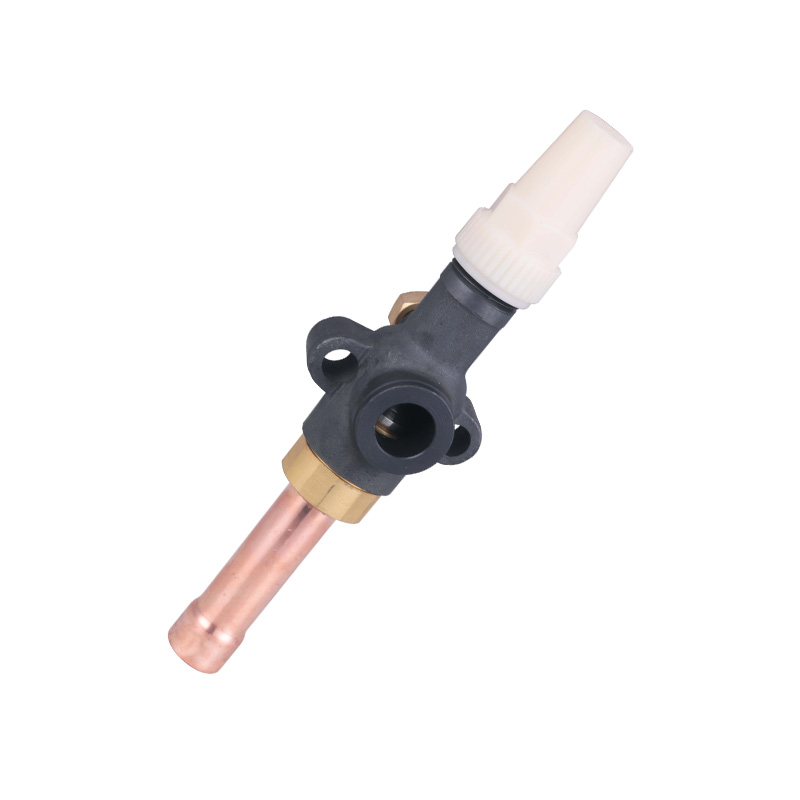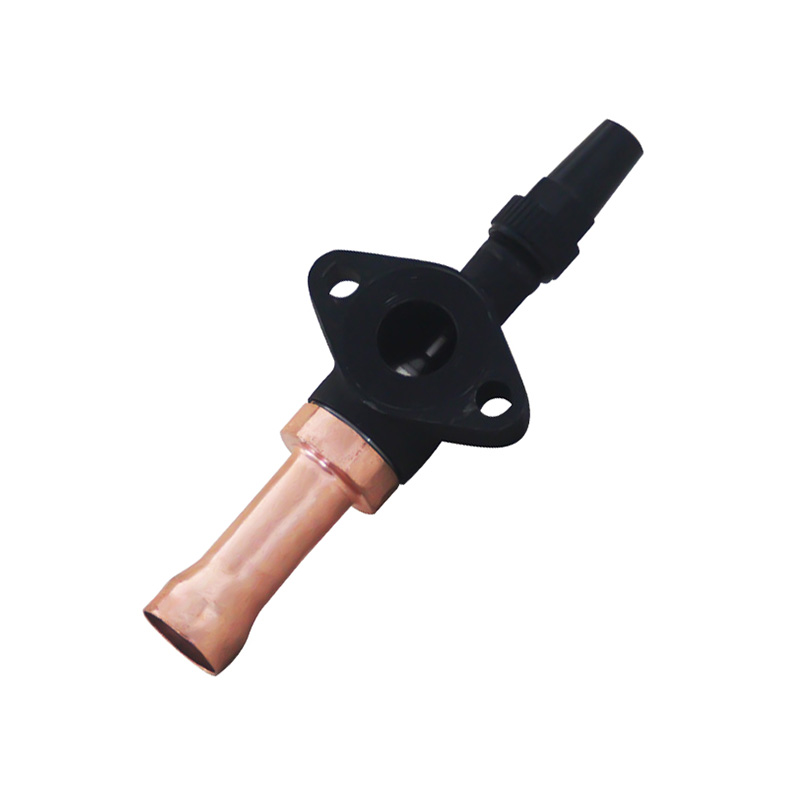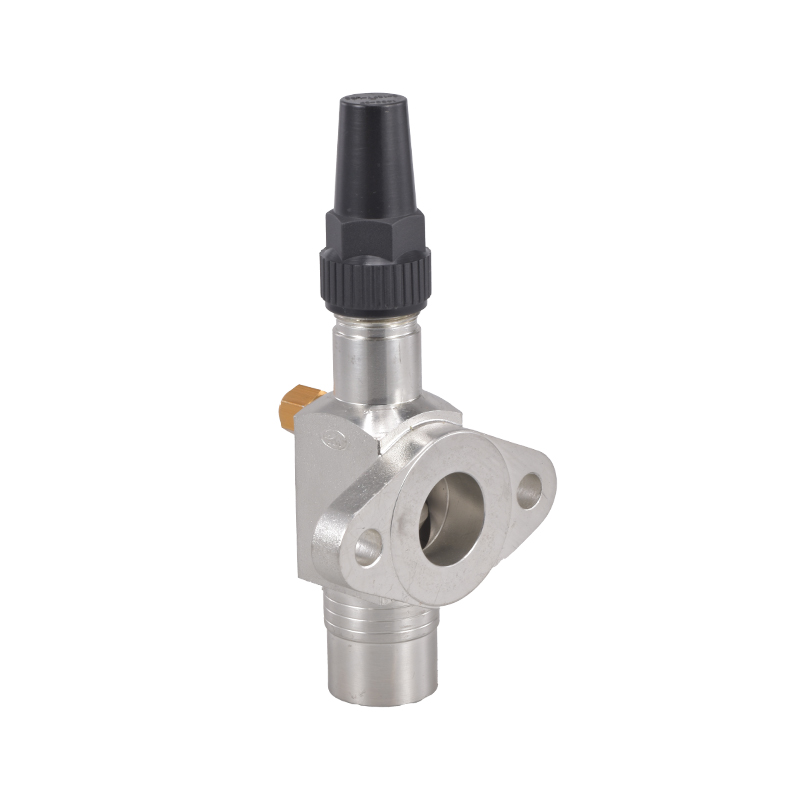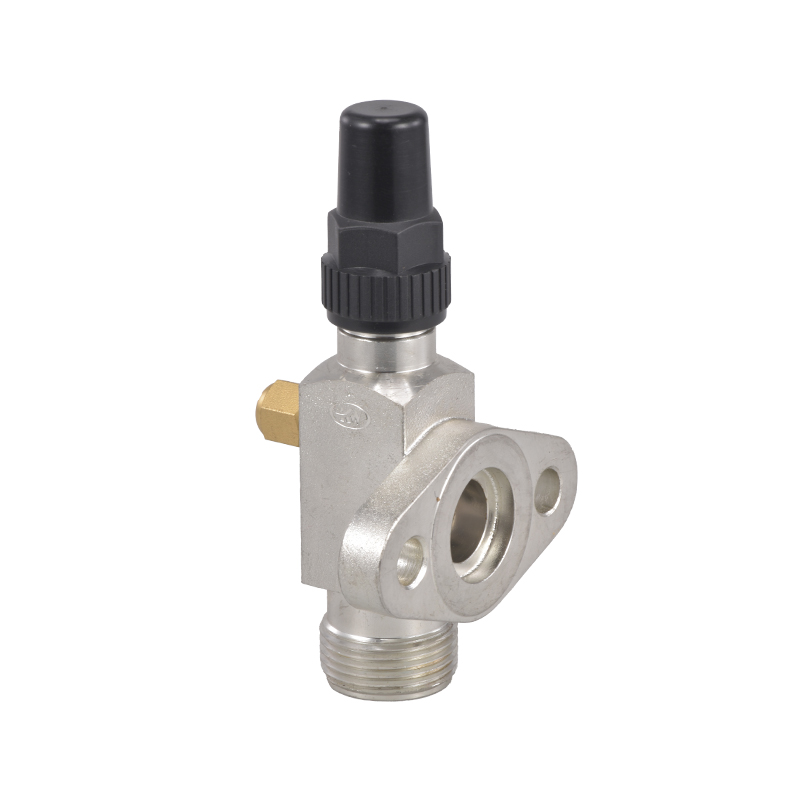How Does a Shell and Coil Condenser Compare to Air-Cooled Alternatives?
 By Admin
By Admin
In the realm of industrial cooling systems, the choice between shell and coil type condensers and air-cooled alternatives often sparks debate among engineers and plant managers. This article will dissect the comparative performance, efficiency, and operational characteristics of shell and coil condensers, water cooled shell and tube condensers, and their air-cooled counterparts, shedding light on the factors that can influence one's decision.
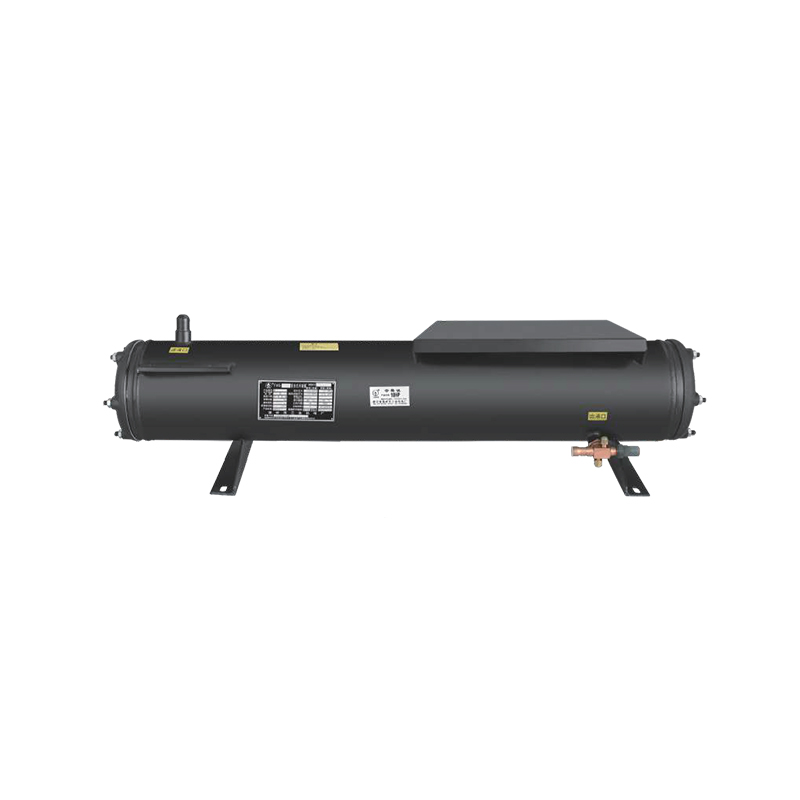
The shell and coil type condenser stands out for its efficiency in heat exchange due to its design. Contrary to air-cooled alternatives, which rely on ambient air to dissipate heat, a shell and coil condenser utilizes a water-cooled mechanism, enhancing the rate of heat transfer. This is particularly beneficial in applications where rapid cooling is required. The water-cooled shell and tube condenser, a variant of the shell and coil type, further optimizes this process by increasing the surface area for heat exchange.
When considering maintenance, shell and coil condensers offer a more reliable option compared to air-cooled alternatives. The enclosed nature of a shell and coil condenser protects the internal components from external contaminants, such as dust and debris, which can accumulate in air-cooled systems and cause reduced efficiency over time. The water-cooled shell and tube condenser, with its robust construction, is less prone to damage from environmental factors, ensuring a longer service life.
In terms of energy consumption, shell and coil condensers often outperform air-cooled alternatives. The water-cooled shell and tube condenser, for instance, requires less power to circulate water than the fans used in air-cooled systems. This translates to significant energy savings, especially in large-scale industrial applications where the condenser operates continuously.
While the initial investment for a shell and coil type condenser may be higher than that of air-cooled alternatives, the long-term operational costs can be more favorable. The lower energy consumption and reduced maintenance requirements of shell and coil condensers can offset the initial cost over time, making them a cost-effective choice.
Space constraints can be a determining factor in choosing between a shell and coil condenser and air-cooled alternatives. Shell and coil condensers, including the water-cooled shell and tube condenser, are compact and can be easily integrated into existing systems. This is in contrast to air-cooled alternatives, which may require more space for installation and can be limited by the availability of outdoor space.
The environmental impact of cooling systems is a growing concern. Shell and coil condensers, especially those that utilize water cooling, can have a lower environmental footprint compared to air-cooled alternatives. The reduced need for fans and the ability to recycle water in a closed loop system can significantly reduce energy consumption and carbon emissions.
When evaluating the merits of shell and coil type condensers versus air-cooled alternatives, it's clear that both have their place in the market. However, the shell and coil condenser, with its efficiency, reliability, and environmental benefits, often emerges as the preferred choice for many industrial applications. As technology advances, the performance gap between shell and coil condensers, including the water-cooled shell and tube condenser, and air-cooled alternatives is likely to narrow, but for now, the former remains a strong contender in the world of industrial cooling.




 English
English русский
русский Deutsch
Deutsch
